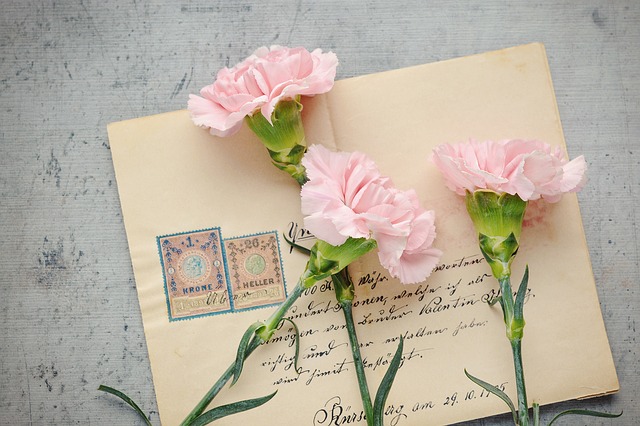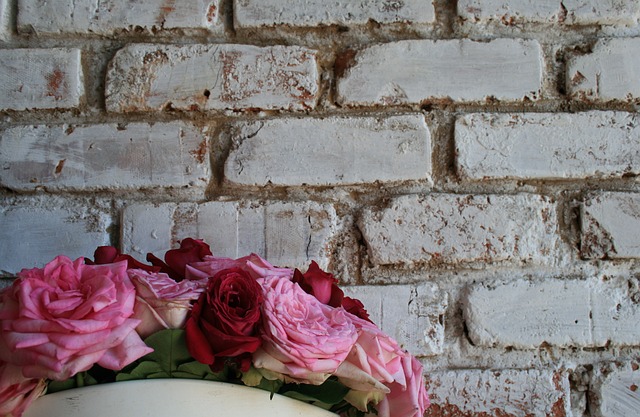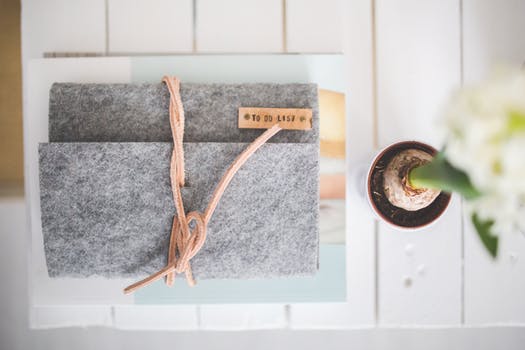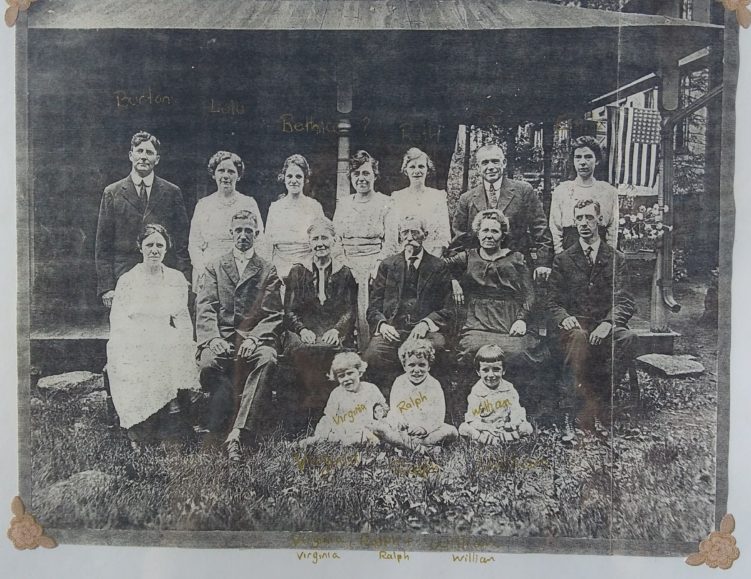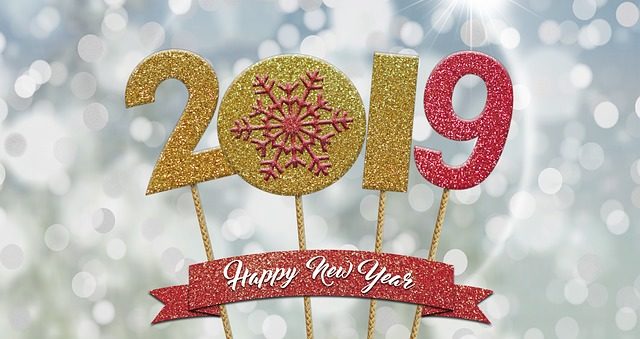If you've read through Part 1 and Part 2, I'm sure you're wondering what happened next. At least, I hope you are... When I saw the burial record for Margaret Murphy with Emma A. Shaw as the person who'd purchased the plot, I couldn’t contain my excitement. But I would have to over the next 5 ...
genealogy
Breaking Down a Brick Wall: Part 2
If you started at Part 1, the story continues here! After being told by one genealogical research company that the prognosis for finding my great-great-grandmother, Emma Anna (Murphy) (Reagan) Shaw, was "poor," I thought maybe they were right. However, I had Research Consultation time I had ...
Breaking Down a 26-Year Brick Wall: Part 1
After 26 years of wondering and guessing, digging and hypothesizing, flailing and sometimes giving up, it happened. When I originally posted “2019: The Year I Find Emma” on January 4, 2019, my entire focus was on DNA. Would you believe that, after all these years, DNA was not what led me to ...
Emma Anna Murphy Regan Shaw
I like to go shopping at 7 a.m. Okay, that's not true. I just so happen to be up at 6:30 to get the kids out the door by 7, and it's convenient for me to go shopping as soon as they get on the bus. I don't actually enjoy driving into town that early, but the store is pretty empty, the line at ...
Family in Our Heart
DNA is a wonderful tool for the family historian. But what happens when the unexpected comes up, when your parents, grandparents, or great-grandparents aren't connected to you biologically, after all? I've encountered so many surprises thanks to DNA. My own parents? Both mine. My sister? Stuck ...
2019: The Year I Find Emma
I am confident that 2019 will be my year - the year I find the origin of my great-great grandmother, Emma Anna Murphy. Emma, who married first a Mr. Reagan and then my great-great grandfather, Erastus Bartlett Shaw of Middleborough, Massachusetts in 1888. The first time I tested my DNA was in ...
